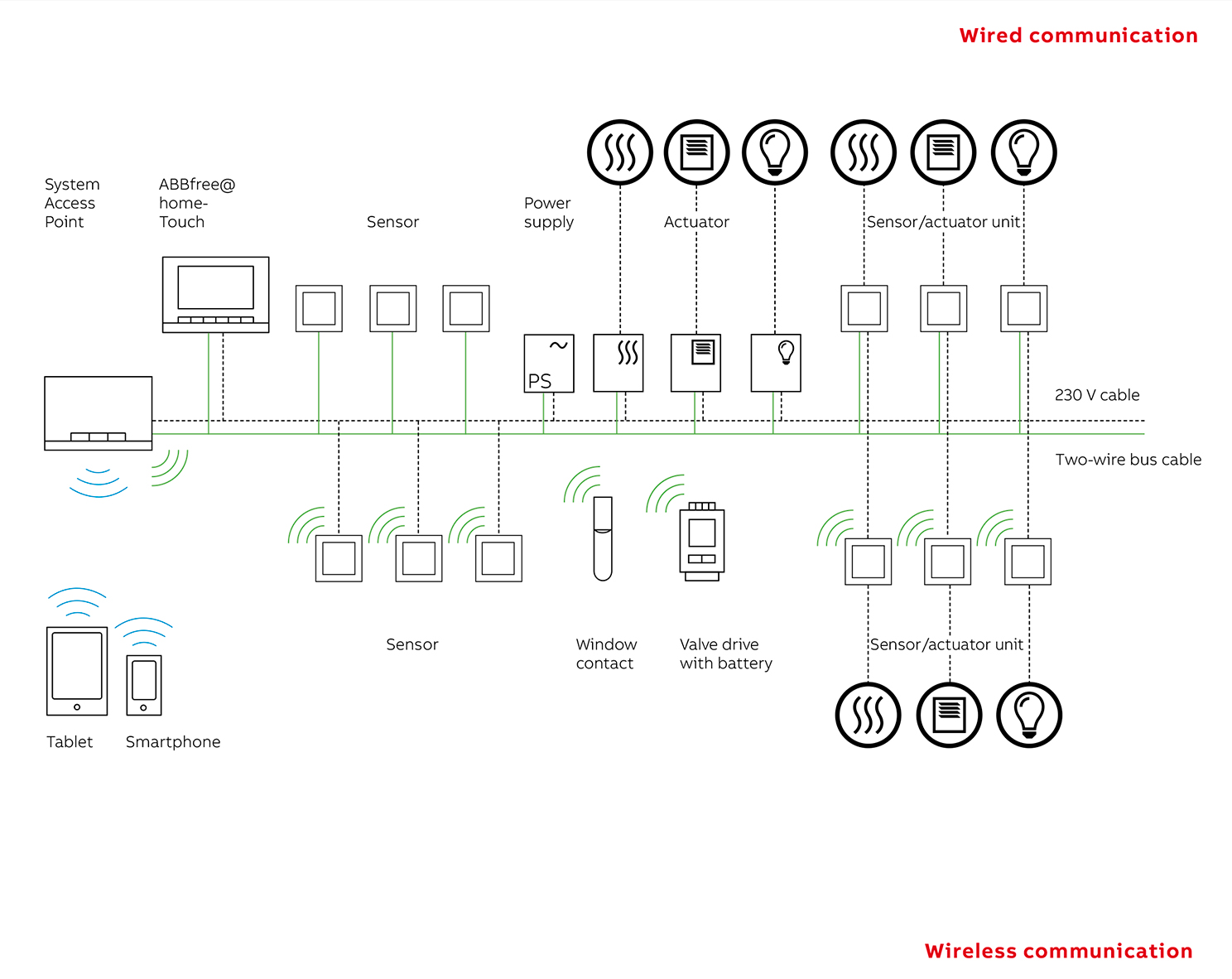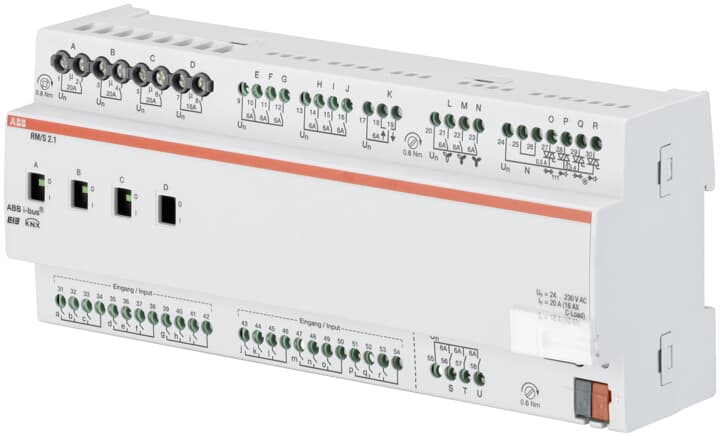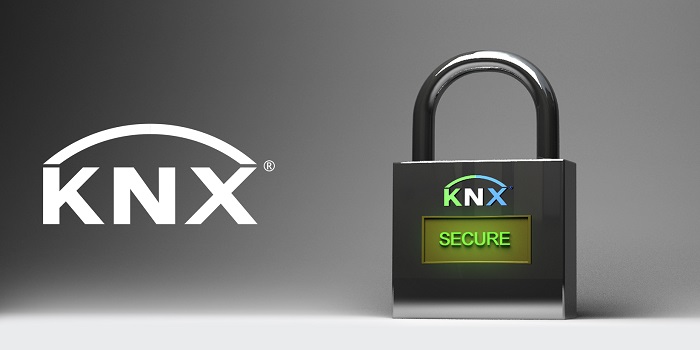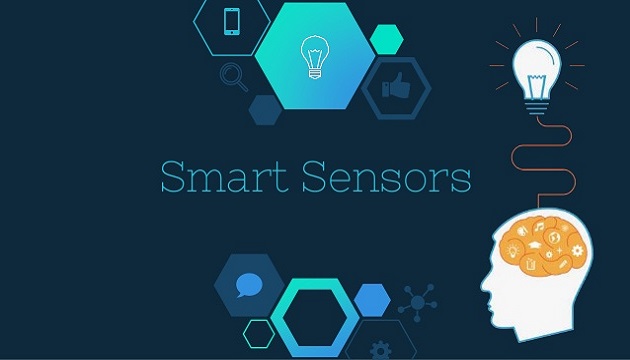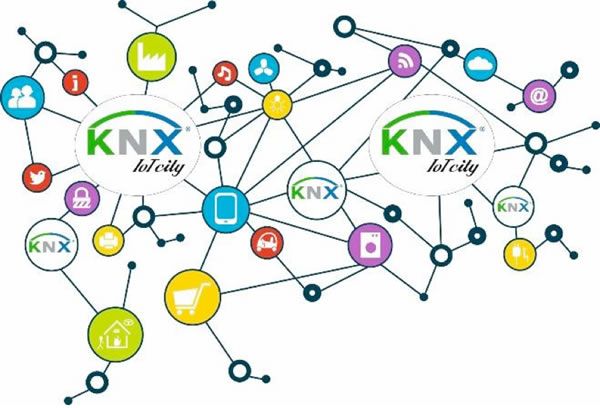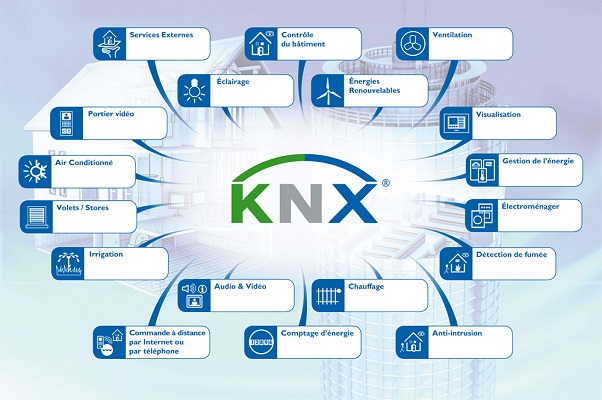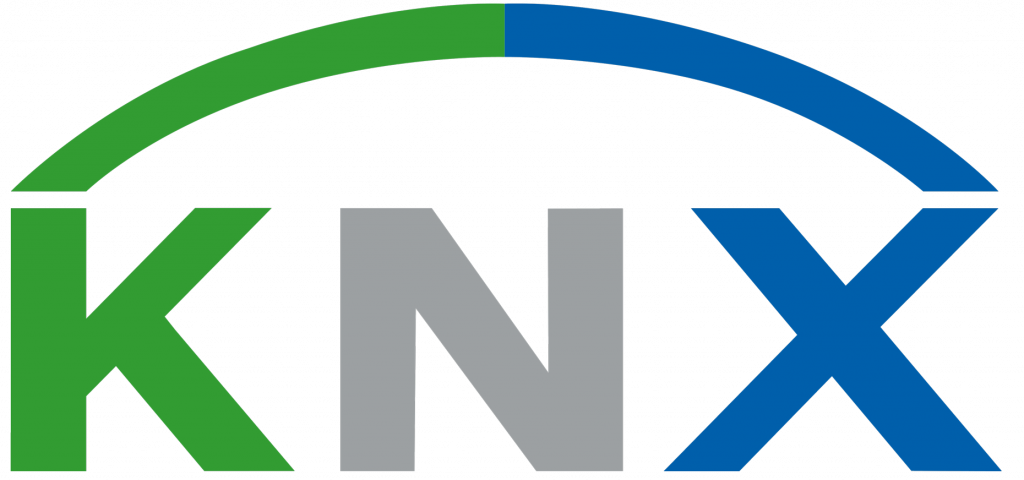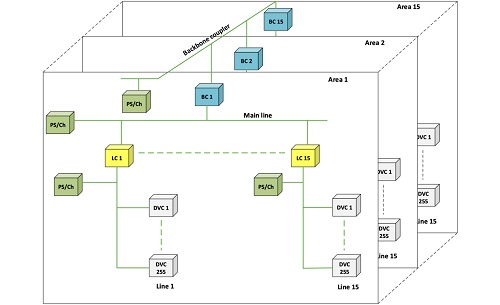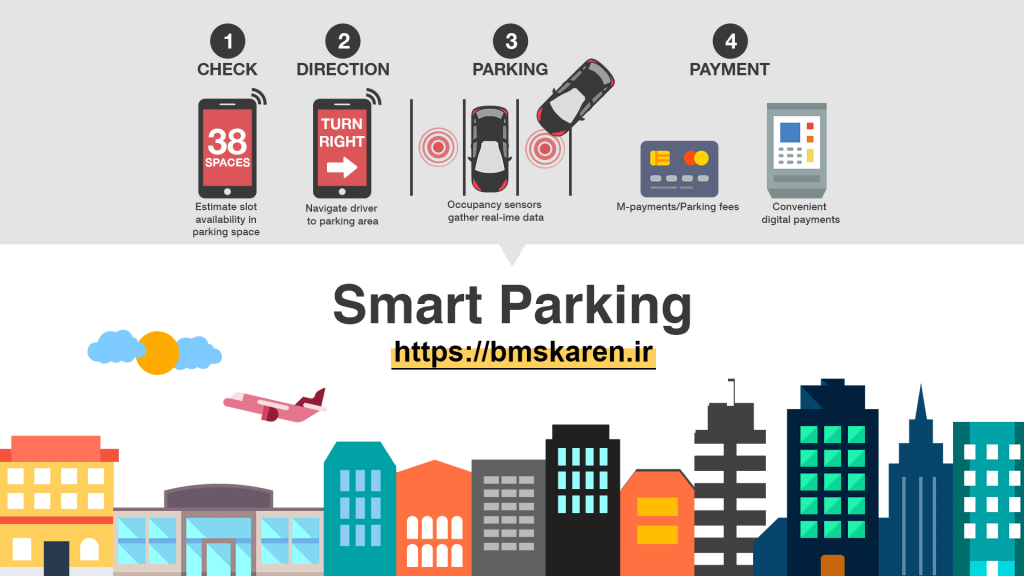Architecture in knx smart home
Decentralized system
KNX is a decentralized system, this means that KNX smart home devices:
- are configured individually
- operate independently
The most important advantage of a decentralized system is the fact that in case of a problem with one of the devices, only that very device is effected and not (necessarily) the rest of the installation.
Devices & objects knx smart home
A KNX installation is a collection of devices.
Each KNX device contains at least one data point. A data point in KNX is called a ‘Group Object’ or short an ‘Object’. A Group Object represents e.g. the relay of a switch actuator.
This means that a KNX installation not only is a collection of devices but also a collection of (Group) Objects.
Virtual links knx smart home
A KNX building function is a set of Group Objects virtually linked together. Each such virtual link is a called a Group Address.
Only Objects with the same data length can be grouped together via a Group Address. A collection of Group Objects connected via the same Group Address is called a Group.
Within one Group there has to be at least one output Object and one input Object.
An input Object:
- its value comes via a Telegram from the bus
- represents e.g. a relay of a switch actuator
An output Object:
- its value is via a Telegram sent to the bus
- represents e.g. a push button rocker
Communication Media knx smart home
Twisted Pair (TP1) knx smart home
TP1 was the first introduced KNX communication medium, it literally is a twisted pair of wires, core = 0.8 mm² and 5 twists/m.
The base component for a TP1 segment is a TP1 choke.
By definition, a segment is any equipment being electrically connected together
In order to power up a TP1 segment, its TP1 choke needs to be connected to a PSU (Power Supply Unit).
In KNX the principle of distributed PSU applies, this means that the same PSU can also be used in order to power up other TP1 segments, the most important requirement for a PSU is to make sure that its capacity is not exceeded.
PSU (capacity) variants: 160 mA, 320 mA, 640 mA, 960 mA, 1280 mA
Bitrate: 9600 bits/s
Powerline (PL110) knx smart home
PL110 was introduced in order to offer a solution for (renovation) projects with the requirement to use the installed mains electricity cabling as network.
PL110 devices use the conventional power cabling as communication medium.
A PL110 device can only communicate with another PL110 device if they belong to the same PL110 domain. A PL110 domain is a collection of PL110 devices with the same PL110 domain address. The PL110 domain address is a PL110 device parameter, which can be set via ETS. A KNX installation can contain several PL110 domains.
Between a KNX installation containing PL110 devices and the public grid a band-stop filter shall be installed. The band-stop filter makes sure that PL110 telegrams will be not be sent from the KNX installation into the public grid and vice versa.
Bitrate: 1200 bits/s
KNX IP knx smart home
The purpose of KNX IP is to set up a performant backbone between TP1 areas or lines and to provide access to other IP networks. In this way, LAN networks as well as Internet can be used in order to route or tunnel KNX telegrams. IP routers can therefore (check with the manufacturer) also serve as alternative to KNX USB/TP1 data interfaces.
A KNX installation can in principle for 100% exist out of KNX IP devices, but this is not considered useful.
Any IP standardized cable and/or IP standardized equipment can be used for connecting KNX IP devices.
Radio Frequency (RF) knx smart home
Since there is no wiring involved installing RF devices is obviously quite easy and is therefore, especially for push buttons, considered as a useful extension to TP1. In principle a KNX installation can entirely exist out of RF devices, but this is not considered useful, especially for actuators.
An RF device can only communicate with another RF device if they belong to the same RF domain. An RF domain is a collection of RF devices with the same RF domain address. The RF domain address is an RF device parameter, which can be set via ETS. A KNX installation can contain several RF domains.
Telegrams are transmitted in the 868 MHz (Short Range Devices) frequency band, with a maximum radiated power of 25 mW and bitrate of 16.384 kBit/sec

